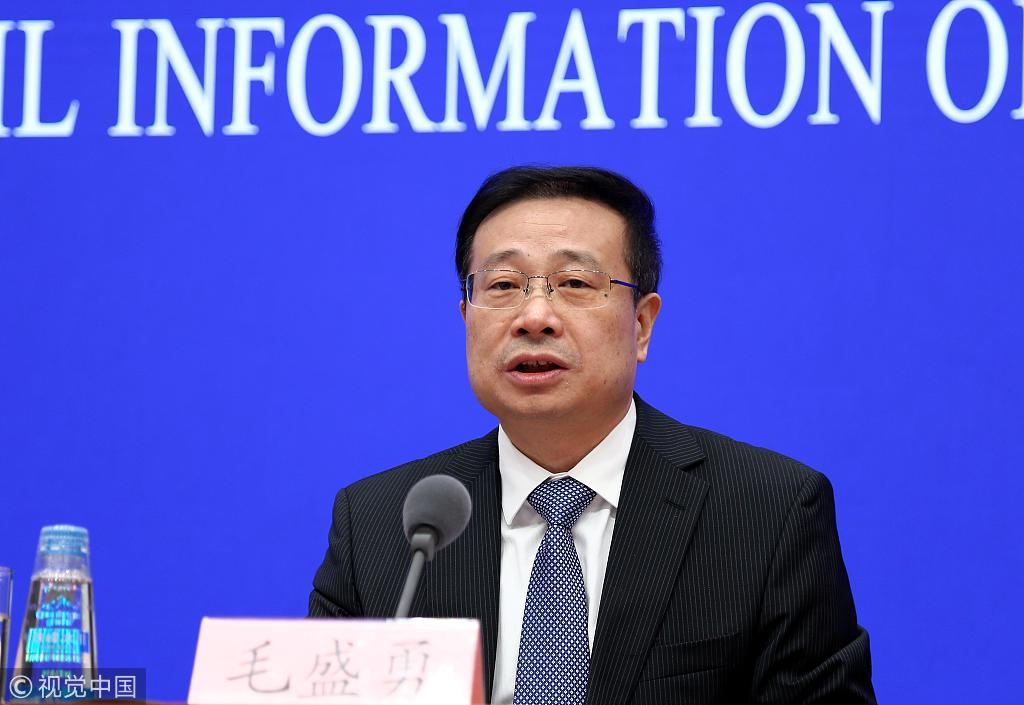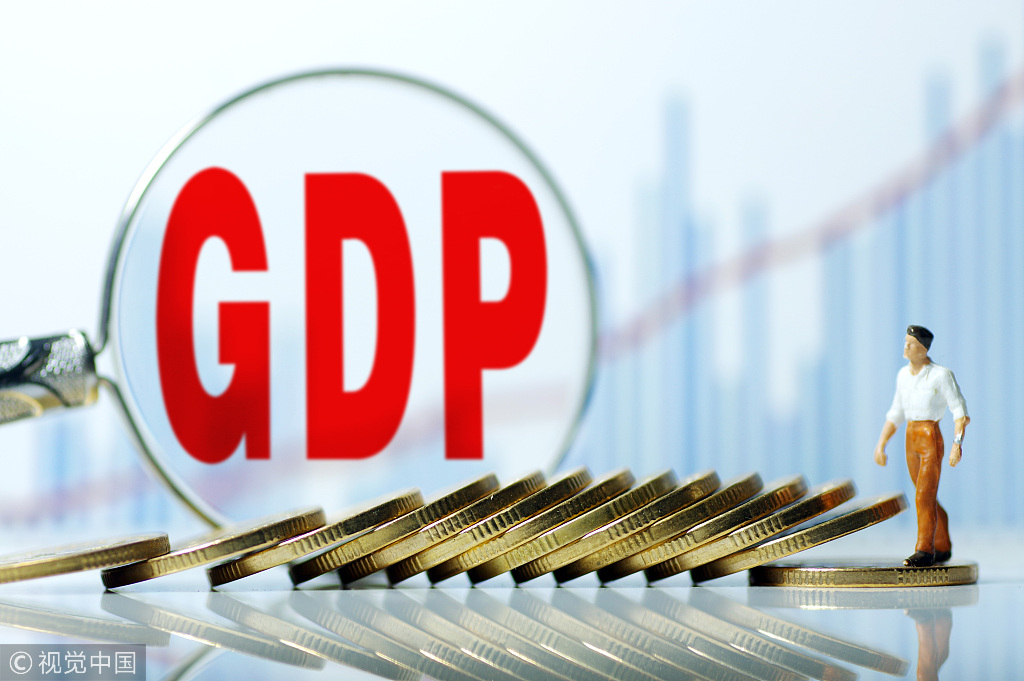
Opinion
16:29, 28-Jan-2019
Opinion: Does criticism of China rolling back reforms hold water?
Updated
19:41, 28-Jan-2019
Ken Moak

Editor's note: Ken Moak, who taught economic theory, public policy and globalization at the university level for 33 years, co-authored a book titled "China's Economic Rise and Its Global Impact" in 2015. The article reflects the author's opinion, and not necessarily the views of CGTN.
Some analysts, such as Nicholas Lardy from the U.S.-based think tank Peterson Institute for International Economics, are criticizing China for rolling back reforms. They claim subsidizing inefficient state-owned enterprises (SOEs) has racked up China's unsustainable debts and slowed economic growth.
According to Lardy, 40 percent of SOEs lost money, culminating in increasing debts and starving private-owned enterprises (POEs) of funds to grow which led to economic slowdown. Lardy and other Western critics thus predicted that China could be heading to a hard landing because they believe China is “drowning in a sea of debt”, which is estimated to be over 300 percent of GDP.

A spokesman for China's National Bureau of Statistics speaks at a press conference in Beijing, October 19, 2018, following the release of the country's July-September gross domestic product figures. /VCG Photo
A spokesman for China's National Bureau of Statistics speaks at a press conference in Beijing, October 19, 2018, following the release of the country's July-September gross domestic product figures. /VCG Photo
However, it is analyzed that China's 2018 total debt to GDP was between 200 percent and 283 percent, much lower than what the critics claim. Bloomberg places the figure at 266 percent.
On the other hand, U.S. government debt to GDP rose by almost 1.3 trillion U.S. dollars to almost 22 trillion U.S. dollars in part because of heavy spending on national defense and President Donald Trump's massive 1.5 trillion U.S. dollar tax cuts in 2018, according to the U.S. Treasury Department.
One reason for the U.S. debt increase might be the waste of money on making weapons and fighting wars that benefited no one except the well-connected few. Indeed, the U.S. media revealed that over 40 percent of Americans cannot afford to pay an unexpected expense of 400 U.S. dollars, suggesting poverty might be worsening.
China's economic slowdown
China's economic slowdown is probably attributed to the economic restructuring and rebalancing started in 2003, not because of reform rollback or the U.S.-China trade war. Designating consumption as the engine of growth and discarding labor-intensive manufacturing necessarily slow growth. Economic restructuring from low-technology manufacturing to value-added requires time because research and development is a costly and slow process.
China's economy is getting bigger, and a larger denominator would reduce the lower rate of growth. Besides, no nation can sustain “neck breaking” growth rates without crushing.
To that end, the 2018 growth rate of 6.6 percent is not a bad achievement, particularly compared to the under two percent for the EU and three percent for the U.S. Other Chinese economic statistics were equally encouraging: Consumption rose by over six percent and wages increased by 6.5 percent, just to list a few released by China's National Bureau of Statistics.

VCG Photo
VCG Photo
Further, the International Monetary Fund and other supranational institutions are cautiously optimistic about China's economy, predicting it will continue to grow at around six percent over the next few years in part because of the government's reform commitments and effective application of Keynesian economics. The country's huge population and middle class coupled with its Belt and Road Initiative could buffer a slowdown to be caused by external shocks.
Deng Xiaoping's reason for embarking on reform and opening-up
Deng Xiaoping reformed the economy from being central planning to market-driven and opened up the country to the world to accelerate China's economic development and growth, not to be like the U.S.. His theory, “socialism with Chinese characteristics” should give the world a hint that he and his successors were not interested in pursuing U.S.-style democracy which they considered to be a root cause of economic and social injustice, therefore a “dead end” at least in China.
Further, time and conditions have changed, and the government is encountering increasingly strong external headwinds, such as U.S.-China trade frictions.
Within China, challenges such as pollution and a weakening economy are emerging, making it more difficult for the government to pursue its “socialism with Chinese characteristics for a new era” goals such as poverty eradication by 2020.
Reform, China's style
There is little doubt that China will continue and deepen reforms started by Deng Xiaoping because they have served the country, people and Party well. According to the Pew Poll, Xi Jinping and the Communist Party are popular with an 80 percent approval rating. In this regard, current and future Chinese leaders will likely continue to deepen reforms, but China style: On terms and with a timetable that are in the best interests of the country and people.
However, China's success story is viewed as a “threat” to U.S. national interests as they challenge American economic, geopolitical and now technological supremacy. The U.S. will likely intensify its demonization on China: stepping up “freedom of navigation operations”, pressuring allies to help it “counter” China, stifling Chinese progress in innovation and other anti-China postures.
(If you want to contribute and have specific expertise, please contact us at opinions@cgtn.com)

SITEMAP
Copyright © 2018 CGTN. Beijing ICP prepared NO.16065310-3
Copyright © 2018 CGTN. Beijing ICP prepared NO.16065310-3